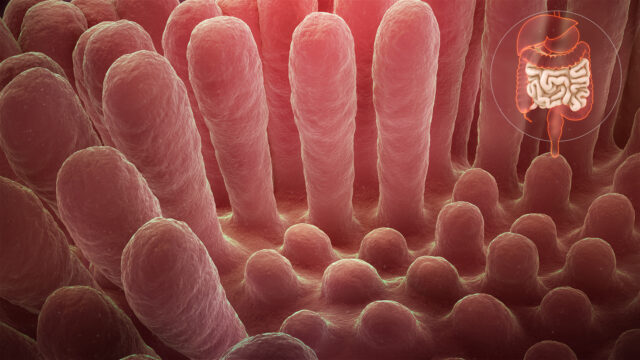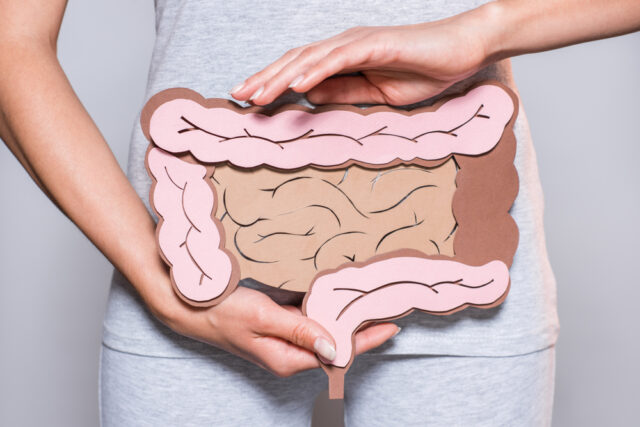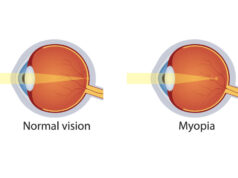
We, humans, are prone to lots of diseases and disorders that make life just that much harder. One digestive disorder that millions of people have to live with is called Celiac Disease. The celiac disease comes from gluten intolerance, which is characterized by your body being unable to digest gluten.
Gluten, as you might know, is a protein that can be found in most types of foods, since it comes from wheat. But other ingredients also contain gluten, and we will mention them later in the article.
Celiac disease makes our digestive tract create toxins every time we come into contact with gluten. These toxins attack the villi, which are located in our intestines. If they are damaged, our body loses the ability to absorb nutrients from foods, and ultimately lead to malnutrition as well as other health problems.
So with all that said, how would one treat celiac disease?

To treat this disorder, one would have to be diagnosed with it. Celiac disease has symptoms that directly point towards it. Both adults and children can suffer from this disease, and both are prone to it. Although the symptoms are different, below you can see both for children and adults.
In Children:
– Weight loss
– Pain and bloating in the abdomen area
– Diarrhea and foul-smelling stools
– Vomiting
In Adults:
– Anemia caused by iron deficiency
– Fatigue
– Seizures
– Skin disorders
– Brittle bones
– Joint pain
– Irregular menstruations,
– Infertility and miscarriages
– And dozens of other symptoms
To diagnose this disease, you can visit your doctor and perform a test, or you can do that test from the comfort of your home. One example of a test you can do from home is imaware™. This test is easy to use, highly precise, the report is easy to understand, and it helps you take full control of your health as it can diagnose celiac disease in less than 5 minutes.
Common Treatments for Celiac Disease

Since this disease occurs from gluten intolerance, there is only one way of treating it. Naturally, to treat a celiac disease you would need a full diet change, one that does not contain any gluten. Since gluten causes damage to your villi, by removing it your villi will start healing and you’ll be able to absorb nutrients again.
If diagnosed with celiac disease, make sure to visit your doctor or a nutrition expert to give you a full rundown of which foods you can and cannot eat. Your doctor or nutrition expert will also give you a list of all the foods that contain gluten, so you can start modifying your diet based on it.
As soon as you remove gluten from your diet, you will start feeling better. However, under no circumstances should you eat gluten again. If you’re diagnosed with celiac disease and continue to eat gluten, you are at a chance of developing further health problems.
You should also stop eating gluten as soon as your diagnosis is made, not before it as it can lead to an inaccurate diagnosis.
The following are the ingredients that you should avoid if you’re diagnosed with this disease.
Avoid the following:

– Farina
– Triticale
– Bulgur
– Wheat
– Rye







